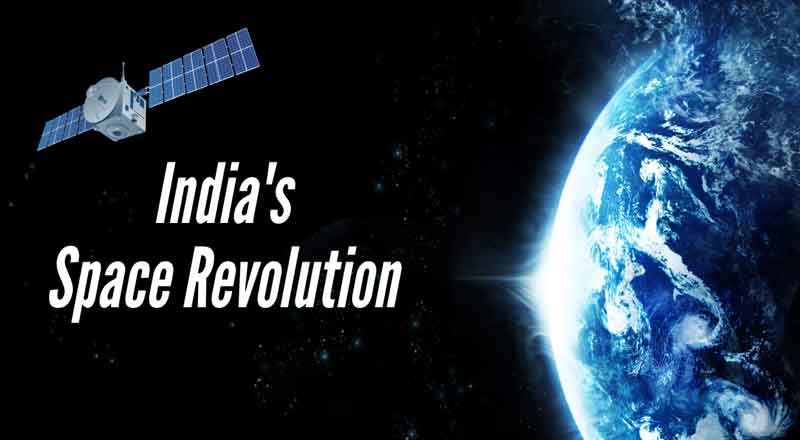India’s Satellite Communication Landscape
India’s satellite communication (satcom) sector is on the brink of transformative change, with the government reportedly considering regulatory relaxations to attract global players like Elon Musk’s Starlink and Jeff Bezos’s Amazon Kuiper. This potential shift in policy reflects India’s ambition to expand its space economy and align its framework with international standards. If implemented, these reforms could catalyze the integration of satellite-based telecom services into India’s digital infrastructure, bridging gaps in rural connectivity and advancing the country’s global position in space technology.
Proposed Reforms: Aligning with Global Norms
Currently, India’s Global Mobile Personal Communication by Satellite (GMPCS) licensing system imposes stringent conditions, with applicants required to comply with 30-40 regulations. However, recent discussions between the Department of Telecommunications (DoT) and law enforcement agencies indicate a willingness to ease some of these requirements. These reforms aim to strike a balance between national security concerns and the need for a more business-friendly regulatory environment.
For global satcom providers like Starlink and Kuiper, such changes could provide the regulatory clarity needed to operate in India. While Starlink has advocated for alignment with global norms, Telecom Minister Jyotiraditya Scindia has emphasized that the company must adhere to current rules before any licence is granted.
Challenges for Global Satcom Players
Both Starlink and Amazon Kuiper face hurdles in India. Starlink, with its fleet of over 6,000 low-earth orbit (LEO) satellites, has pledged to support India’s rural connectivity initiatives but is yet to meet the country’s stringent security criteria. Amazon Kuiper, preparing to launch over 3,200 satellites by 2025, is also awaiting regulatory clearance.
Adding to the complexity is a spectrum allocation debate. Indian telecom giants like Reliance Jio and Bharti Airtel argue that satellite companies should acquire spectrum through auctions, as local operators do, instead of administrative allocation. Despite this pushback, the government appears inclined to allocate spectrum administratively with an associated fee, signaling a commitment to fostering satellite communications.
The Growing Space Economy
India’s space sector is set to experience exponential growth, with projections estimating the domestic space economy will reach $44 billion by 2033, capturing 8% of the global market, up from its current 2% share. This expansion is buoyed by players like Bharti-backed Eutelsat OneWeb and Reliance Jio’s SES partnership, which are gearing up for major launches.
Policy changes to relax satcom regulations could position India as a competitive hub in the global satellite industry, attracting investment and fostering innovation. This growth aligns with India’s broader goal of advancing digital inclusion and leveraging space technology for economic development.
A Strategic Step Forward
India’s consideration of relaxed satellite communication rules signals a strategic pivot in its approach to the space sector. By aligning with international norms while addressing national security concerns, the government aims to create a robust framework that benefits both global players and domestic stakeholders.
As Starlink, Kuiper, and other satcom providers await policy clarity, the potential for India to become a leader in the global satellite communication landscape has never been greater. The coming years will determine how effectively these reforms translate into tangible benefits for India’s digital and space economy, potentially transforming the nation into a satellite-powered technology powerhouse.
(With inputs from agencies)





